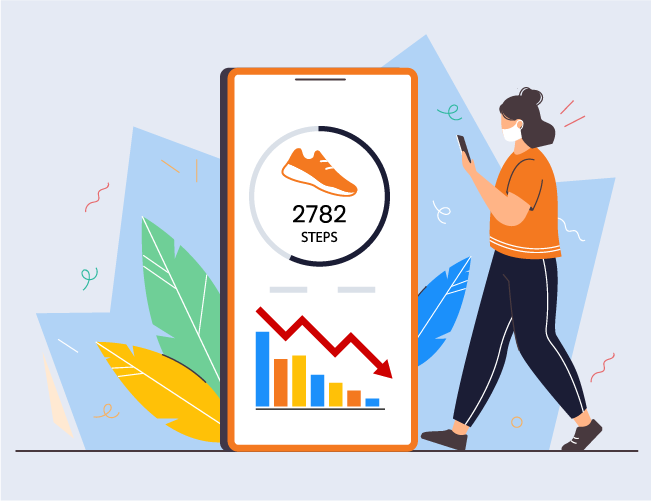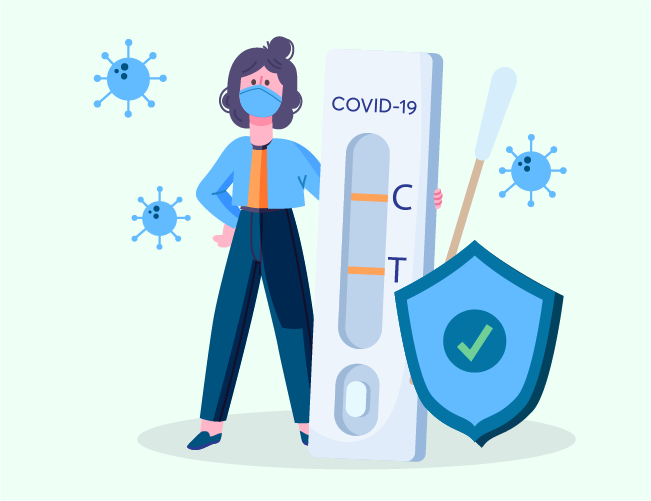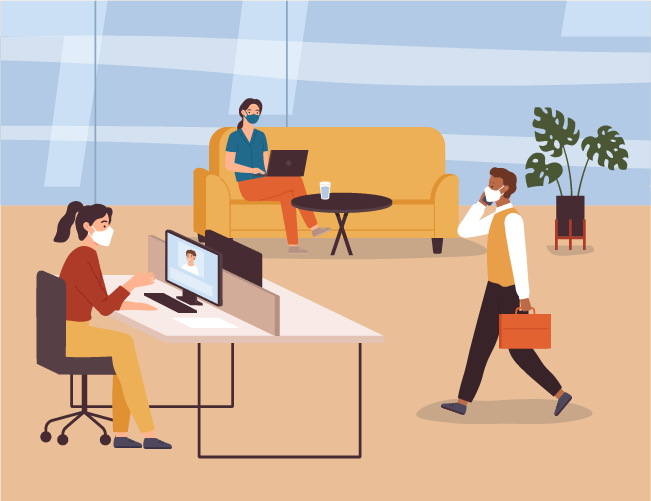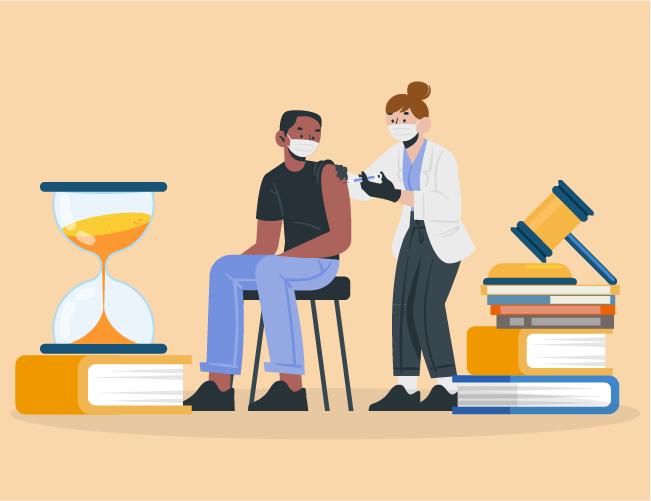Not all jobs are equal—and that’s especially the case when looking at the COVID-19 pandemic. Data from the Occupational Information Network was recently assembled together to give a better picture of which jobs are the most high-risk for exposure to the coronavirus. While 21% of employees have been able to work remotely from home, the remaining 79% have either been laid off or unable to practice social distancing as “essential workers.” Many of those essential workers face a high risk of exposure to COVID-19.
In order to calculate the risk for a job, three factors were assessed for each occupations’ necessary work tasks: (i) their contact with others, (ii) physical proximity, and (iii) potential exposure to the disease. The three factors were scored and then combined for an aggregate risk factor.
Not surprisingly, the most at-risk jobs are all healthcare-related positions such as nurses, medical technicians, doctors, care assistants, and those working in dentistry (dental hygienists were the #1 highest-risk job). Jobs with a medium risk factor include positions in the transportation and service industries, as well as cashiers and bank tellers. Those working in finance and technology, such as economists and computer engineers, were the least at-risk.
Many of these higher- and medium-risk jobs are considered “essential,” and those employees have been working through the entire pandemic. Additionally, for lower-income earners, there is little choice to stay home; only 9.2% of those employees have the ability to work from home, compared to 61.5% of the top-income earners.
Mitigating Risks For Workers
Employers will benefit from taking a similar approach to assessing the risk for their employees by considering these same factors (contact with others, physical proximity, and exposure to the disease). It may also be helpful to weigh other factors, such as any known contact with family members or others working in high-risk industries, if an employee has another job or personal hobby that may come with additional risks, or if an employee’s commute exposes them to additional risks. By recognizing what issues their specific workforce faces, employers can then take the proper steps towards mitigation.
- Reduce in-person contact with safety precautions and limited interactions. Workers that are in close and/or regular contact with clients, colleagues, or others will face many opportunities for exposure to an illness. Safety precautions such as providing masks and other protective gear for employees, separating workstations or otherwise changing the layout of a business space to reduce close contact with others, and placing barriers between employees and customers can all minimize the risk of exposure.
- Limit the frequency and size of group interactions. When appropriate, move in-person meetings to virtual gatherings or put a limit on the number of people that may assemble in one area together.
- Provide telemedicine tools and access to online resources to lower the need to visit medical centers. Workers will want to avoid going into medical or health facilities where there may be or have been patients with COVID-19. Many basic health concerns or questions can be answered with virtual tools, phone calls, or digital information.
- Consider the needs of employees that must use public transit to get to work. Employers have a lot of control over how safe their work environment is, but that may not be enough—particularly in more urban areas where subways and buses are more common. Companies may want to provide personal protective equipment or masks to employees that rely on public transportation to come into work.
Be Supportive And Communicate
For many lower-income employees, their jobs cannot be done remotely, and they do not have the option to risk their livelihood by staying home. Be supportive and active in communicating with workers; make sure they understand what steps are being taken to mitigate specific risks they may face due to working. By listening to their concerns and prioritizing their well-being, employees will experience less stress and anxiety due to their job. Preparing to mitigate risks will also help facilitate a quicker, smoother reopening.












